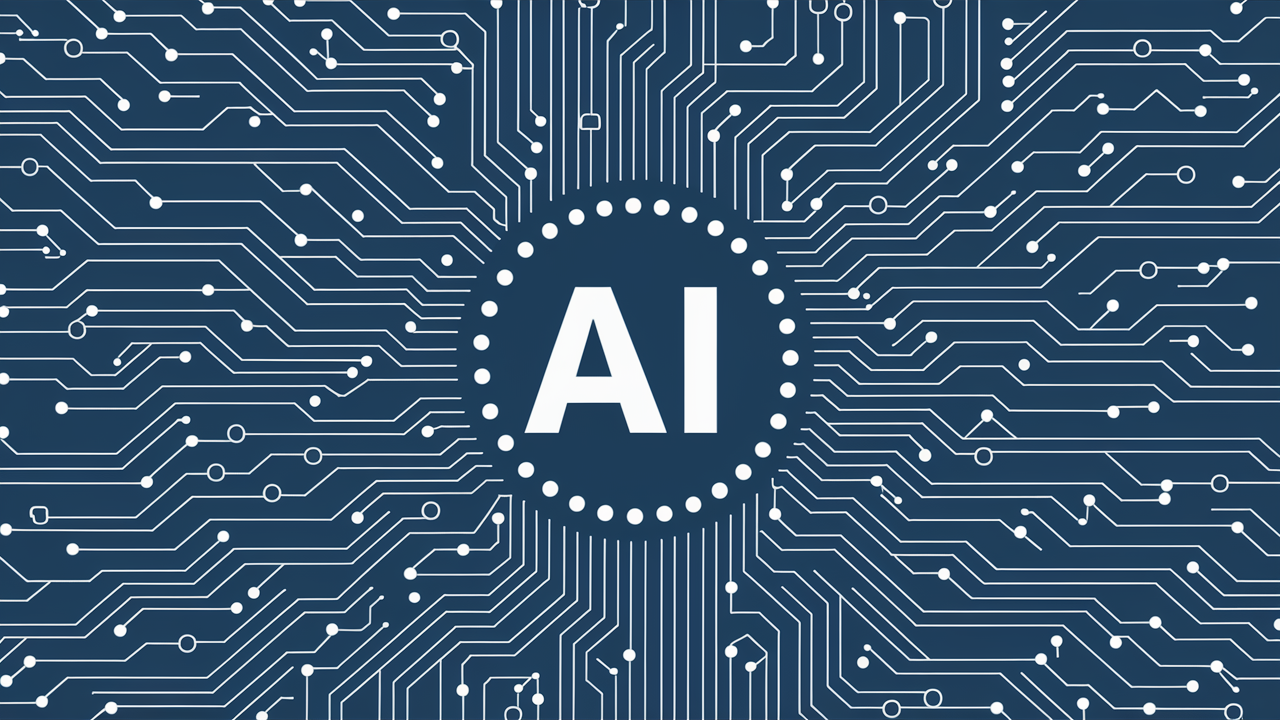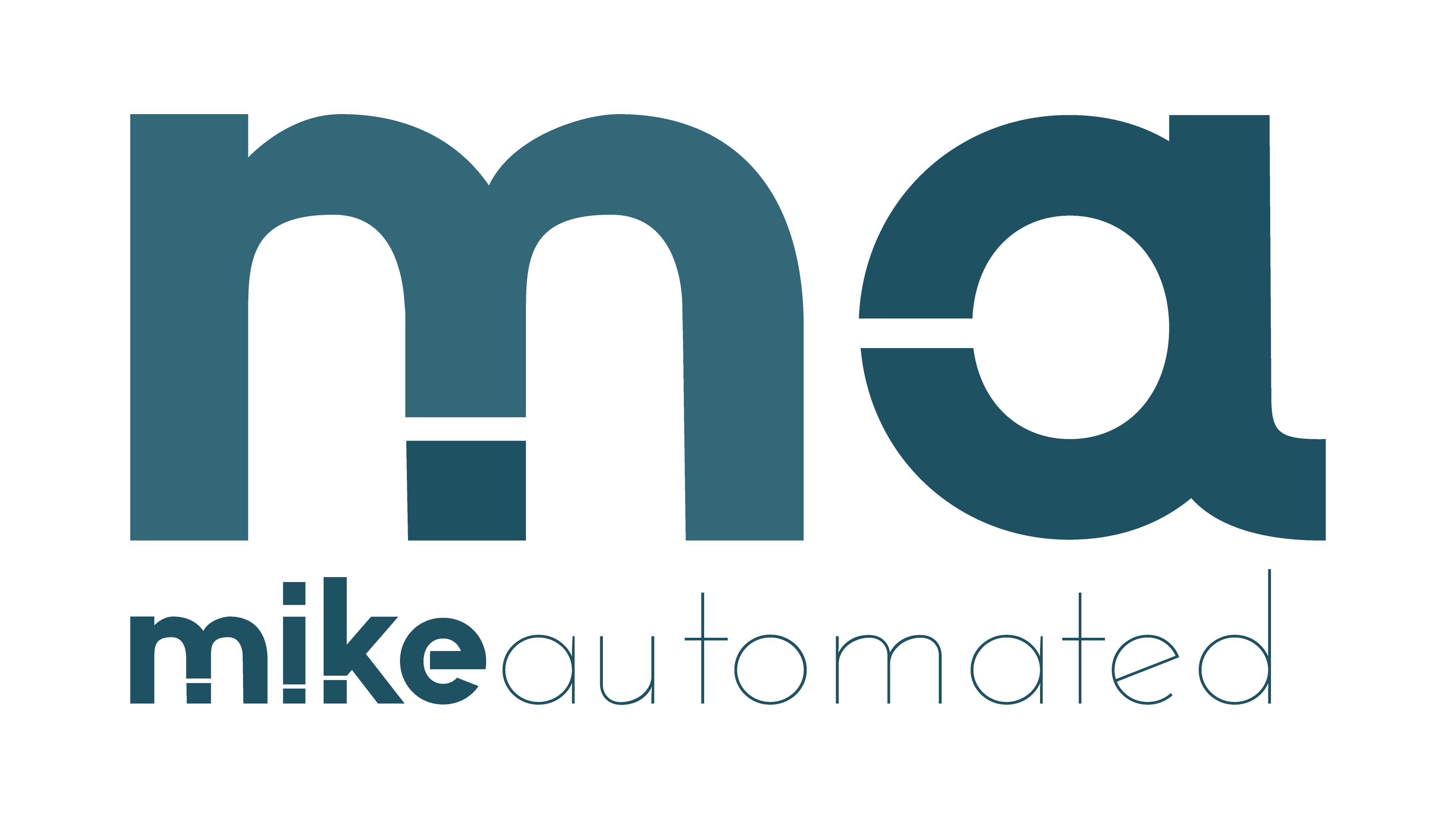TL;DR
- Clarify goals and data needs before automation to avoid blind spots.
- Map processes to reveal bottlenecks, handoffs, and waste early.
- Assess AI readiness and data quality before tool selection.
- Build a phased automation roadmap with milestones and owner accountability.
- Visualize artifacts (process maps, ownership charts) to align teams quickly.
Mapping Workflows Before You Automate
In today’s digital era, smart automation starts long before the first bot is deployed. It begins with mapping workflows to understand how value moves through your organization. This upfront clarity reduces risk, speeds delivery, and increases the odds that automation delivers real business impact.
Think of workflow mapping as a diagnostic for your operation. It surfaces who does what, when data changes hands, and where decisions happen. By documenting current steps, you expose hidden touchpoints and dependencies that could derail an automation project if left unseen. This is not a theoretical exercise; it is a practical step to improve operational efficiency and set the stage for AI-enabled improvements.
What you gain from process mapping before automation
Process mapping provides a concrete view of the end-to-end flow. You identify bottlenecks, parallel paths, and unnecessary steps. It helps you design automation that targets the right tasks and preserves critical judgment where humans add value. The result is fewer reworks, clearer ownership, and faster time-to-value.
With a mapped workflow, teams align on a shared language. This alignment reduces resistance to change and makes it easier to onboard new tools, vendors, or AI models. It also clarifies data requirements, which is essential for AI readiness and trustworthy automation.
Why mapping matters for automation outcomes
Automation performs best when it acts on well-defined, stable processes. Mapping acts as a blueprint that informs tool selection, integration points, and governance. It makes it possible to design automation that scales, rather than layering one-off fixes that break at the next cycle.
Two common benefits stand out:
- Predictable outcomes: clear process steps lead to reliable automation behavior and measurable results.
- Reduced risk: by exposing data dependencies and handoffs, you limit surprises during deployment and post-implementation adjustments.
A practical, repeatable five-step framework
- Define the scope: identify the business objective, the process boundary, and success metrics.
- Document the current state: map steps, people involved, data required, and decision points.
- Analyze for improvements: spot bottlenecks, redundant steps, and handoffs that slow flow.
- Design the target state: draft a streamlined process with automation-ready tasks and clear ownership.
- Plan for AI and data readiness: inventory data quality, availability, and governance needs before tool selection.
In practice, use a simple visual like a swimlane diagram or a value-stream map. These visuals help stakeholders quickly digest how work moves across teams and systems.
Example: automating a customer service workflow
Consider a mid-size company that handles customer inquiries through email, chat, and a ticketing system. The current state map shows three channels funneling into a single queue, with multiple handoffs to agents for resolution. The bottleneck is a slow triage process that delays response times and erodes customer satisfaction.
By mapping the workflow, the team identifies opportunities for automation without sacrificing judgment. They implement an AI-powered triage bot to categorize requests, route to the right team, and surface a recommended knowledge-base article. Human agents then handle escalations and complex cases. The result is faster response times, higher first-contact resolution, and a clearer line of ownership for each task.
Key to success is ensuring data readiness. The system must capture consistent fields (category, sentiment, channel) and maintain a clean history for ongoing learning. An AI readiness checklist helps teams validate data quality before deployment.
Key components: process mapping, AI readiness, and automation
Three pillars guide a successful transition from map to machine:
- Process mapping: creates a shared blueprint and a common language for stakeholders.
- AI readiness: evaluates data quality, governance, and model risk considerations before adopting AI tools.
- Automation design: defines where human judgment remains and where automation should take over.
Balancing these pillars reduces risk and speeds time to value. It also helps you choose the right tools, whether it’s robotic process automation (RPA), AI-assisted decisioning, or a hybrid approach that combines both.
How to start: a simple checklist you can use today
- Identify one high-impact process and set a success metric (e.g., cycle time, cost, quality).
- Assemble a cross-functional team including ops, IT, and business stakeholders.
- Capture the current state with a one-page process map and a data inventory.
- Define the target state where automation adds value without removing necessary human judgment.
- Assess data readiness and governance requirements before tool selection.
Document these artifacts in a shared repository and link to related resources like a process mapping guide and an AI automation roadmap for ongoing reference.
Visualization and artifacts: how to make it stick
Create visuals that resonate with your teams. A clean process map and a lightweight ownership matrix are often enough to drive consensus. Consider a simple infographic that shows inputs, outputs, and decision points. The goal is to provide a quick, shared understanding that keeps everyone aligned as you progress through automation iterations.
For teams seeking a scalable approach, plan a quick automation roadmap that outlines stages, milestones, and responsible owners. This roadmap becomes your living document, updated as lessons are learned and as data quality improves.
Next steps and resources
Use the framework above to start with a single process and expand methodically. Bring in data owners early and gather feedback from frontline teams. Your automation journey will be smoother when you spike and validate early designs using real-world scenarios.
Internal links to helpful resources can speed your progress:
Conclusion: map first, then automate
Automation is most effective when built on a solid map of how work really flows. By documenting current steps, identifying bottlenecks, and confirming data readiness, you reduce risk and increase the likelihood of meaningful impact. The investment in mapping pays off through faster deployment, better governance, and clearer accountability.
Take the first step today: choose one process, map it end-to-end, and create a two-page plan that ties to measurable outcomes. Your future automation—whether AI-assisted or fully automated—will be clearer, faster, and more sustainable when you start with mapping first.
Call to action: begin with a simple process map this week, align stakeholders, and reference the linked resources to keep momentum going.



